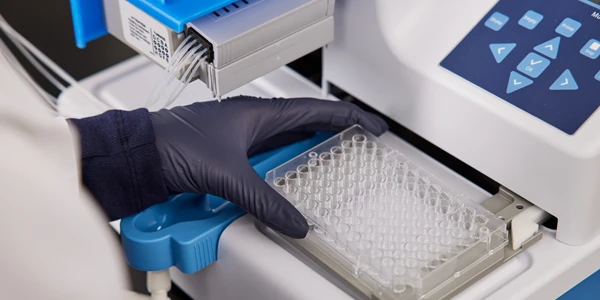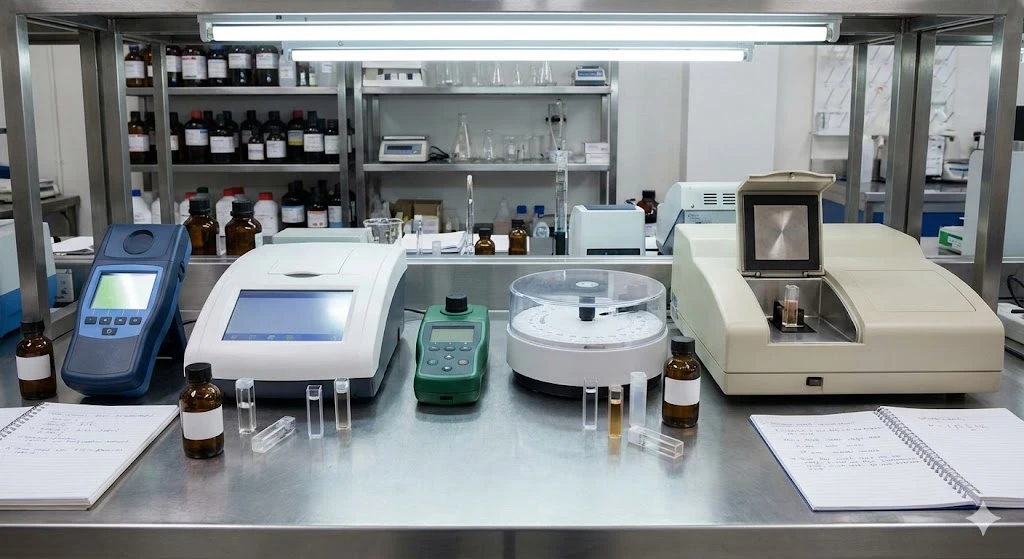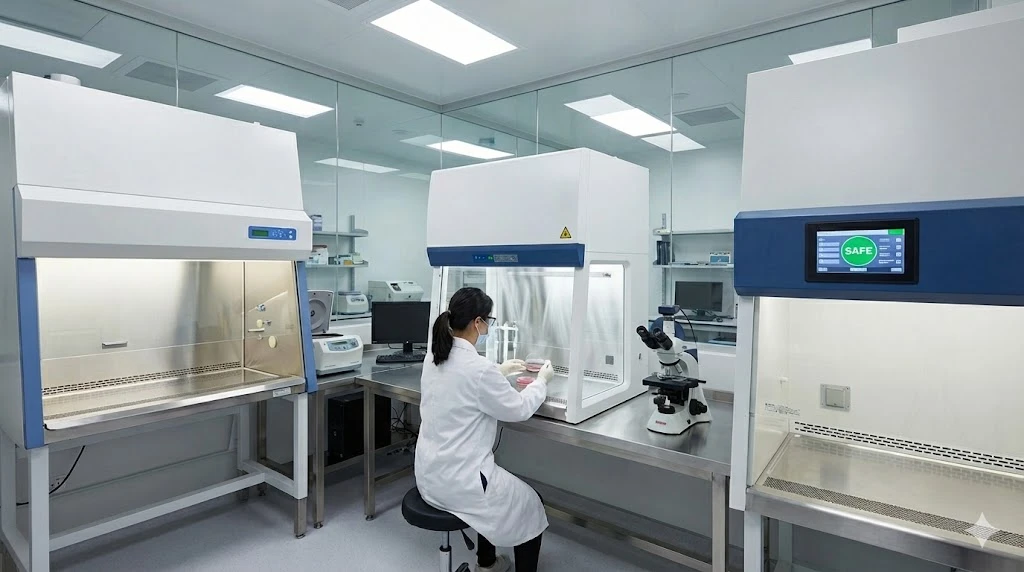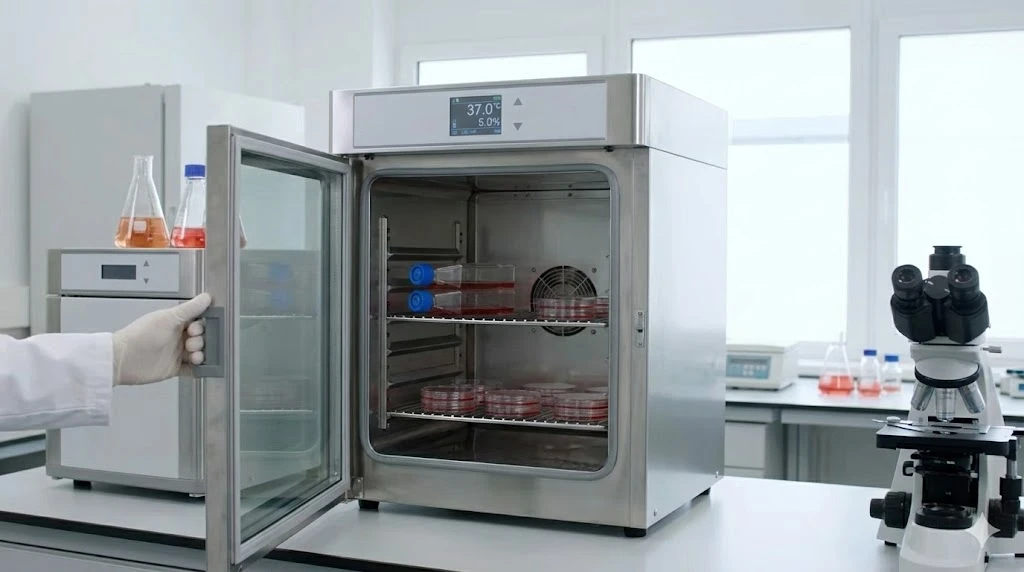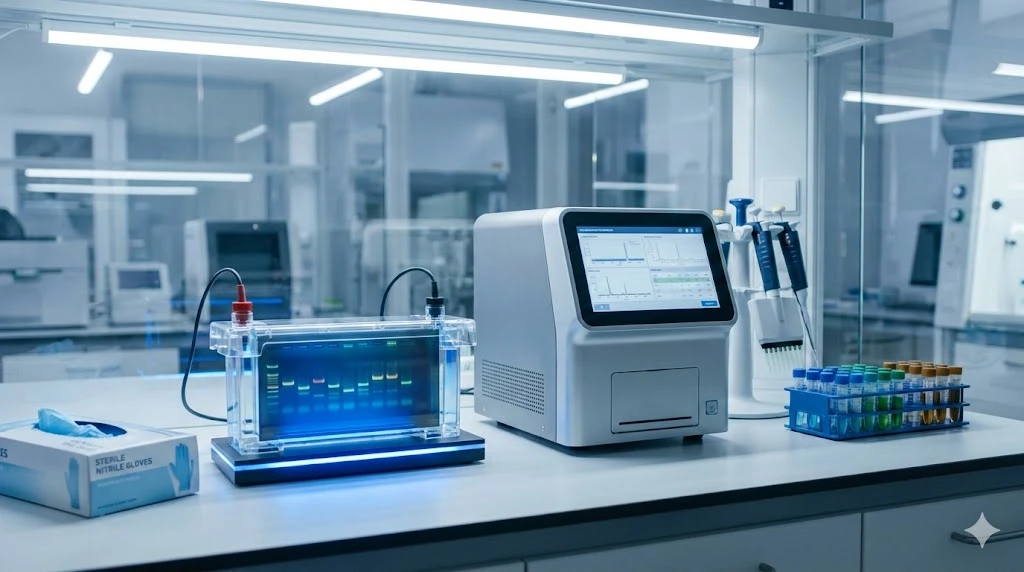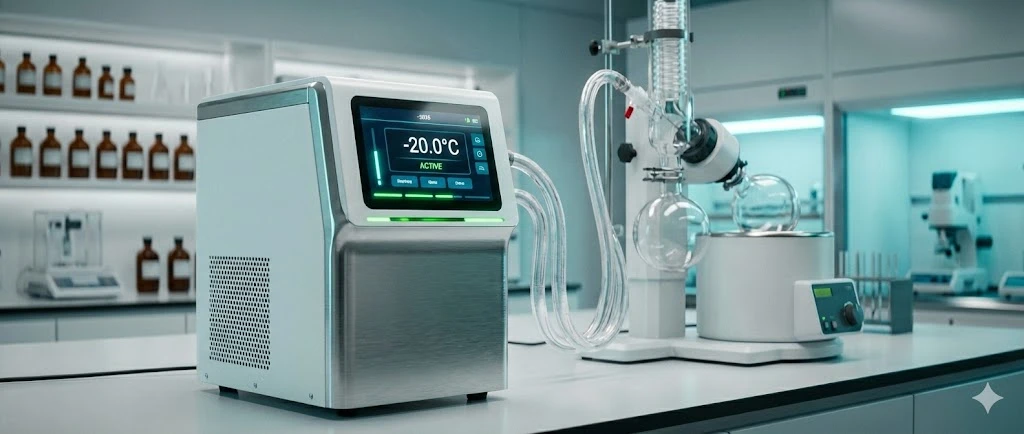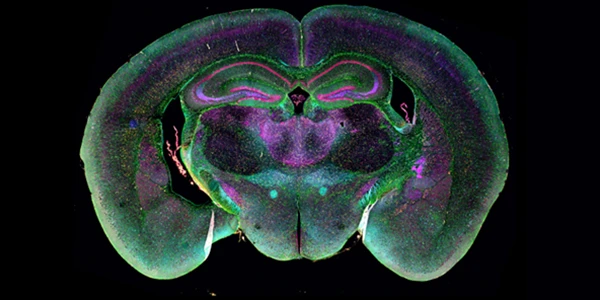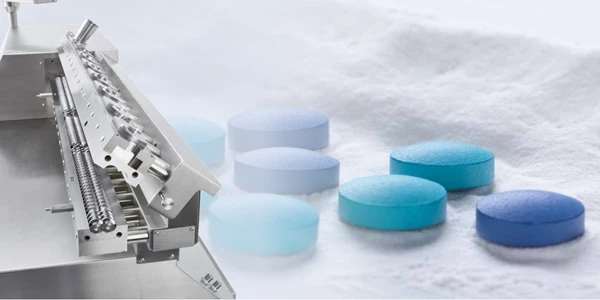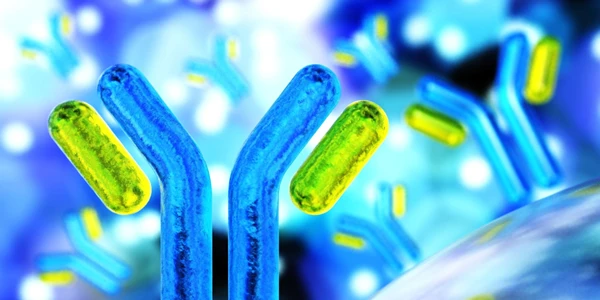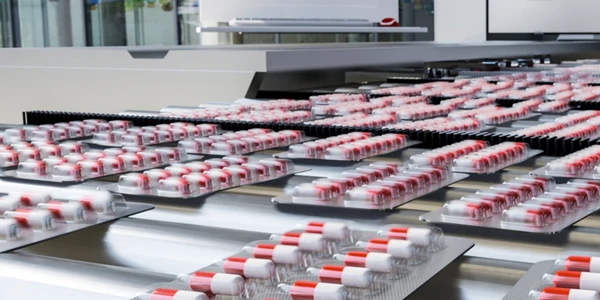Cannabis Research Continues to Escalate Despite Volatility of the Industry
A recent snapshot of research activity since 2013 showed over 30,000 research studies have been pursued, including several thousand in 2023.
Although not all these studies reached end points resulting in peer-reviewed publications, the numbers indicate the vigor with which investigators are approaching the medical and societal aspects of cannabis. This progress is essential to understanding the benefits and risks of cannabis so that practices and policies can successfully evolve.
Among the long list of research activities, cannabis testing in general has been a very active area of investigation from safety and legal perspectives. We looked at a few recent studies regarding cannabis contaminant testing in order to gain a bit of insight into the state of research in this area.
Effects of Gamma Irradiation on Cannabinoid, Terpene, and Moisture Content of Cannabis Biomass
Due to the rising interest in cannabis as a consumer product and industrial crop, the presence of environmental pathogens during cultivation and processing is an area of significant concern. States and testing authorities like NIST and AOAC have instilled minimal safe levels of cannabis microbial contaminants for which testing must be performed during processing. In addition to advancements in testing techniques, remediation processes are under development to ensure limits for aerobic bacteria, yeast, and mold are maintained.
Gamma irradiation is a sterilization process which is routinely used for pharmaceuticals, foods, cosmetics, agricultural, herbal products, and other consumer goods. Although it has been used for cannabis plant material as well, studies examining its effects on plant cannabinoids and terpenes as well as moisture content have been lacking. Quantitative assessment of microbial contaminant persistence following UV sterilization has been incomplete as well.
In this study, the full cannabinoid profile of cannabis samples were analyzed using gas chromatography flame ionization detection (GC/FID) and high-performance liquid chromatography (HPLC) analyses. The terpene profile was measured using gas chromatography mass spectrometry (GC/MS), while moisture content was determined using Loss on Drying (LoD) methods. Analysis was performed on cannabis plant material (sourced from the University of Mississippi federally approved cultivation site) both before and following gamma irradiation.
The results showed that total aerobic microbial count (TAMC) and total yeast and mold count (TYMC) were below 100 colony forming units per gram (CFU/g) following irradiation. This was a substantial decrease from pre-treatment contaminant levels (4,500-13,000 CFU/g TYMC and 1,000-3,950 CFU/g TAMC) and within levels deemed to be safe for humans.
Gamma irradiation treatment over the range of 15 and 20.8 KiloGray (KGY) levels demonstrated no significant (p > 0.05) change in cannabinoid content upon measuring the concentrations of eleven compounds (Δ9-THC, Δ9-THCA, CBD, CBDA, CBG, CBGA, Δ8-THC, CBN, CBC, CBCA, and THCV). Furthermore, changes in total cannabinoid content were not significant upon measuring high THC, high CBD, and THC/CBD chemovars.
Gamma irradiation treatment had minimal effects on terpenes and moisture content. Although there were measurable differences in certain terpenes (i.e. β-Caryophyllene), these were observed in single representative samples analyzed in triplicate (possibly stemming from measurement variations) and were unconfirmed in large sample cohorts. Loss on Drying (LoD) - the most widely used method for moisture analysis - showed no significant change in moisture content (p > 0.05) following irradiation treatment.
The results of the study support the use of this treatment modality for microbial remediation and are overall consistent with earlier work. Moving forward, methods involving UV irradiation may become standard for applications involving particularly challenging conditions, such as longer-term storage, transit, and export.
Fungal and Mycotoxin Contaminants in Cannabis and Hemp Flowers: Implications for Consumer Health and Directives for Future Research
As the cannabis industry continues to grow and diversify, an understanding of the biology of the plant and the presence of potential microbes has become more important the ever. This is particularly relevant for consumers who may have underlying immune-compromised health conditions rendering them susceptible to a range of potential pathogens.
In order to improve the production, quality, and safety of cannabis products it is imperative to understand the types of microbes that can be present, the source of these microbes, and the extent to which they may pose threats as human pathogens.
A recent review, based on the latest research, examined cannabis and hemp flowers and the community of microbes with which they co-exist, i.e. the cannabis phytobiome. Over 100 separate species of fungi compose the cannabis phytobiome, including those which can produce mycotoxins and cause health affects in humans and animals. The authors explored the types of mycotoxin-producing fungi, their possible entry into the cannabis production chain, and the various tests and methods used to identify these contaminants. They also discussed the diversity of testing regulations across legalized states and the future needs for contaminant detection and management.
They comment that end goals would ideally include universal testing regulations based on data-driven results and unified production processes to yield safer products for all consumers.
The entry of microbes into the cannabis production chain is an area of significant interest. There are many possible routes and understanding and controlling these is instrumental in reducing the burden of microbial contamination for cultivators, processors, and consumers. Questions at the root of the issue include:
- How do the growth conditions and environmental elements such as soil, water, humidity, and air flow influence microbial growth on cannabis plants?
- How do handling practices such as cutting, curing, and storing cannabis plant materials influence the presence of microbes?
- What other factors affect the entry and buildup of microbial contamination in cannabis production?
This study took a close look at the factors affecting the buildup of total yeast and mold (TYM) levels in inflorescences (flowers) of high THC-containing Cannabis sativa. The investigators analyzed >2,000 fresh and dried samples by assaying for TYM over a 3-year period. The objective was to identify specific factors which can contribute to TYM levels.
In total, over 20 species of fungi and yeasts were cultured from the samples. The variables that significantly (P < 0.05) increased these TYM levels (number of CFU/sample) included:
- The genotype or strain grown
- The presence of leaf litter in the greenhouse
- Harvesting activity by workers
- Genotypes with higher abundance of stigmatic tissues or inflorescence leaves
- Higher temperature and relative humidity
- Time of year (May – October)
- Method of drying buds after harvest
- Inadequate drying of buds
The variables which significantly decreased the TYM levels in samples included:
- Genotypes with lower numbers of inflorescence leaves
- Air circulation achieved by fans during inflorescence maturation
- Harvesting during November – April
- Hang-drying of entire inflorescence stems
- Drying to a moisture content of 12-14% (water activity of 0.65-0.7) or lower
Under these conditions, a majority of the dried samples exhibited < 1,000-5,000 CFU/g, within the range of regulatory limits. The results indicate the presence of TYM on cannabis can result from a combination of genotype, environment, and post-harvest handling factors. Addressing and controlling the above factors can assist cannabis producers in minimizing the buildup of microbes during cultivation and processing.
Outlook
The number of published research studies citing “cannabis” and “contaminants” has increased exponentially over the past 20 years. Topics span from understanding the entry of contaminants into production chains, to dissecting the potential threats of the many bacterial, yeast, or mold species found on cannabis material and products. Heavy metal contaminants and the implications of cannabis as a bioremediation resource, a biofuel, or both, are hot topics that have grown in interest as well.
As the industry embraces a widening number of applications for cannabis, it is imperative to understand and control the appearance of contaminants and limit their impact on cannabis production, quality, safety.
